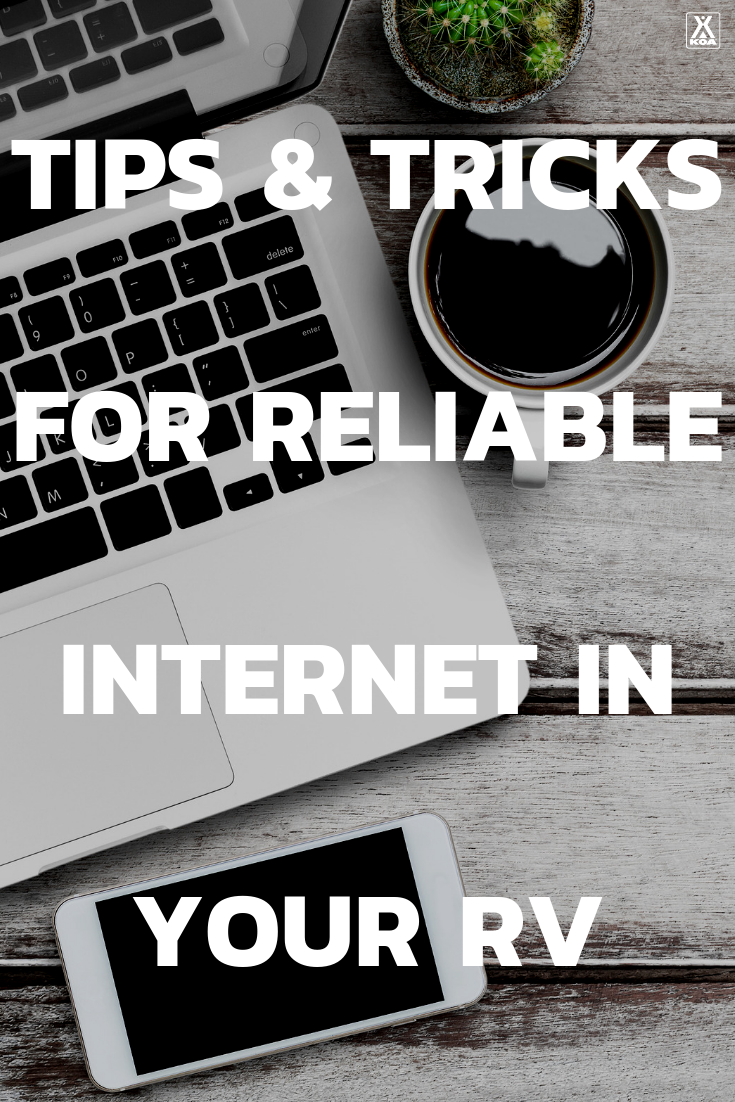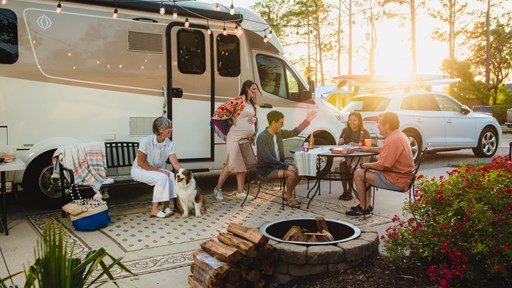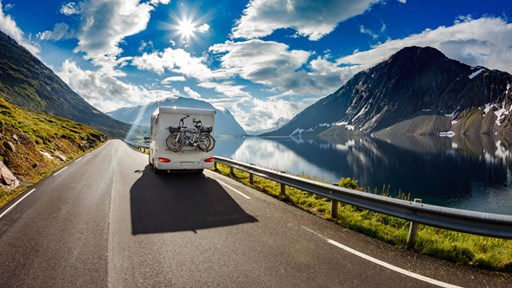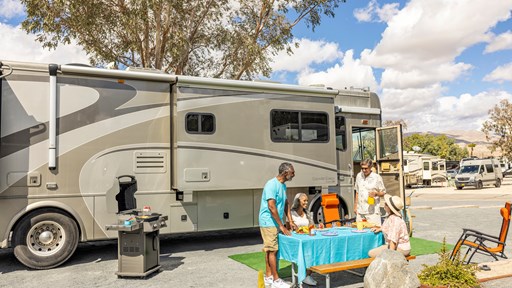Few things are more frustrating than attempting to get a solid internet connection. That full-strength signal seems to taunt you as it considers reaching optimum strength but never quite does or, (gasp!) the site where you watch funny cat videos takes 15 minutes to load.
Factor in staying in a RV at a campground in a place you’ve never been before and there’s a good chance there will be some hair pulling or choice language.
Keep it family-friendly by employing the tips and tricks below:
- Public Wi-Fi — Perhaps one of the easiest options is to choose a campground that offers free Wi-Fi to its guests. The only downside to this is that campground Wi-Fi isn’t always the most reliable or strongest and you’re sharing bandwidth with other campers. Don’t get me wrong, there are plenty of KOA campgrounds beefing up their Wi-Fi so you can live-stream your adventures on all 20 devices your family brought, but many campgrounds are still in the process of adapting.
- Simple fixes — If you’re having trouble getting the public Wi-Fi to run quickly, get closer to the signal transmitter. This includes moving into the hypothetical line of sight between the signal receiver and transmitters to remove any chance of blockage from trees or other RVs. Speaking of RVs, get out of yours. RVs can block signals and dull your connection.
- Wi-Fi Range Extender and Signal Boosters — These can help provide a stronger connection, but only if the internet hotspot you’re trying to connect to is a decent network. If you’ve determined the network is decent (you can do this by moving closer to the signal and seeing if your device speeds up) then it is worth your time and money to invest in a Wi-Fi extender or booster. These may come in the form of routers, adapter, antennas and specially-built extenders. There are plenty of RV suppliers who create extenders and signals designed specifically for the RVer. The range in price from under $100 to nearly $1,000, so evaluate your needs before investing.
- Cellular Data — Cellular Data is easy to use and coverage extends to most places depending on which carrier you use. For example, Verizon, AT&T, T-Mobile and Sprint. You can check out their coverage maps online to decide which carrier will best meet your travel needs. With cellular you can access internet from any of your devices as long as they are in your carrier’s cellular signal range. Be sure to check your carrier’s policy for costs and data usage caps.
- Mobile Satellite Internet — This option is best for campers going off-grid and out of range into the wilderness. Cellular service is preferable, but when that’s not available, Satellite can get the job done, albeit slower, bulkier and more expensive. Satellite internet requires costly gear and set up at each stop, as well as monthly subscription costs. It’s important to know that Satellite TV and Satellite Internet are two different things and Satellite TV will be unable to connect you to the internet or be portable.
Use one of these options for your internet needs while you’re camping and hopefully you’ll never have to read, “No Internet Connection” on a webpage again.


























